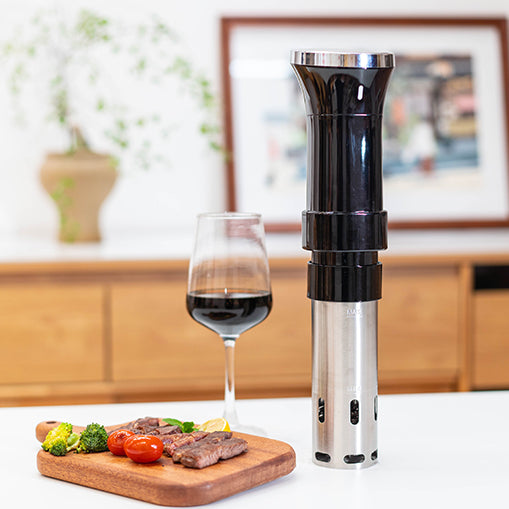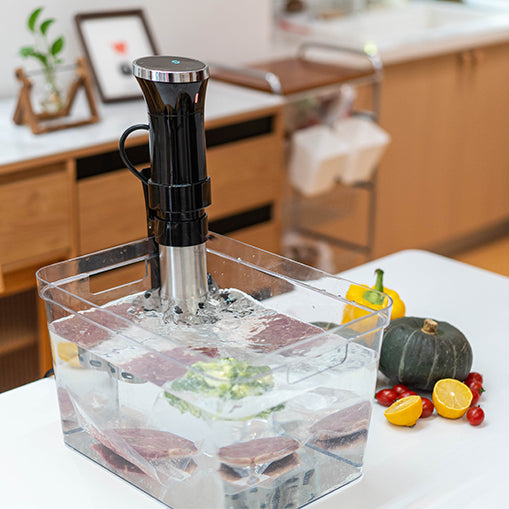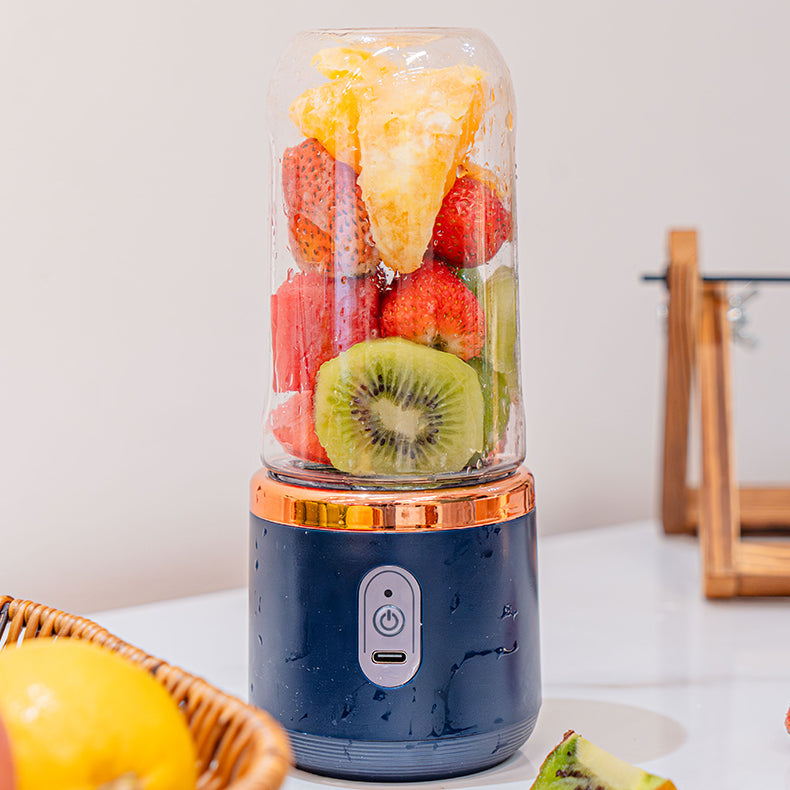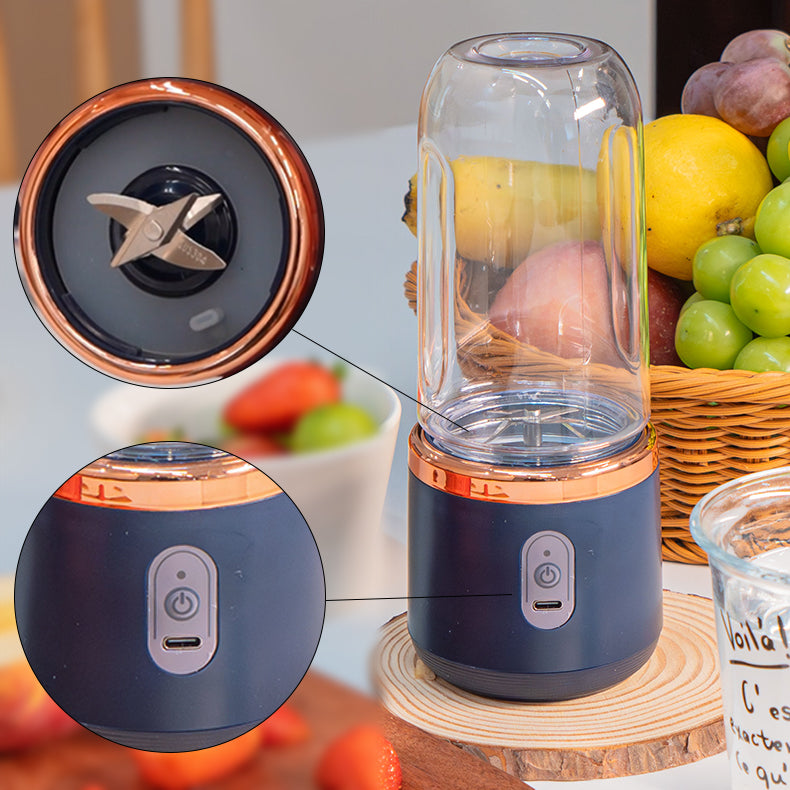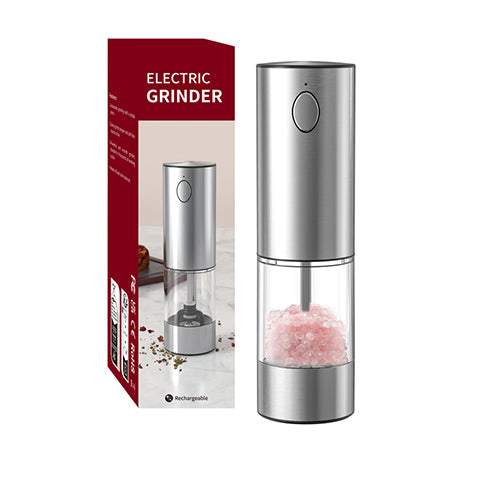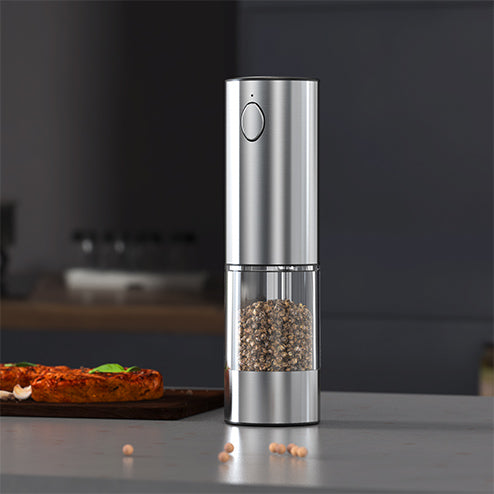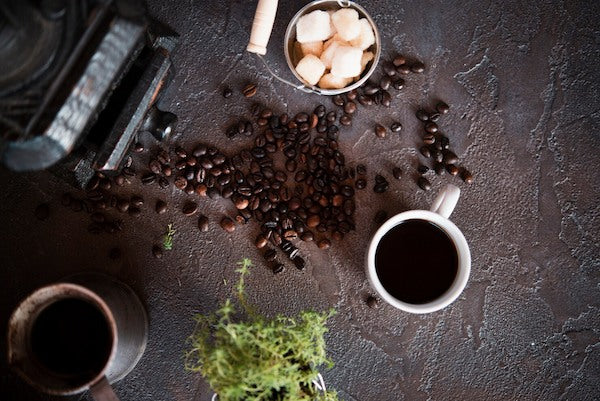Even if you're good at drinking, chances are you probably don't want to consume an entire bottle of wine in one sitting. So can you put a cork back in a wine bottle when you find yourself with leftover wine? Definitely, and it is not hard to do with the right technique. In this guide, we'll explore the reasons why you need to re-cork a wine bottle, provide a step-by-step method for how to put the cork back in the wine bottle, and offer tips to ensure your wine stays fresh longer. So, grab your leftover wine and dive in now!

Why Re-Corking Matters?
Before diving into the methods of re-corking wine, it's important to understand why this simple action is so crucial.
Every time a wine bottle is opened, the wine inside begins to interact with the air. This exposure initiates the process of oxidation, which can rapidly degrade the wine's quality. Oxidation affects the flavor, aroma, and overall character of the wine, often leading to a less enjoyable drinking experience if not managed properly.
Re-corking the wine bottle immediately after pouring can greatly slow down the oxidation process. By limiting the wine's exposure to air, re-corking helps preserve the wine's original qualities such as its taste and bouquet. This is particularly vital for maintaining the integrity of the wine over the period it remains open. Proper re-corking can extend the wine's shelf life, allowing you to enjoy it in its intended state for a longer time.
Different Methods to Re-Cork a Wine Bottle
Now we come to the core part of our guide: how to get a cork back in a wine bottle. The most common methods include using the original cork, employing wax paper, and utilizing alternative wine stoppers, which we’ll go over in turn.
Using the Original Cork
Using the original cork is often the simplest way of how to put a cork in a wine bottle, but it can sometimes be a bit tricky due to the cork’s expansion after removal.
Start by inspecting the cork for any signs of damage such as cracks or crumbles. If the cork appears intact, position the stained side—previously in contact with the wine—back towards the bottle, as it has already molded slightly to the shape of the neck.
To reinsert the cork, place one end at the bottle’s opening. Apply even, gentle pressure while twisting the cork slightly to help it start sliding back into the neck. Use the heel of your hand to push the cork in at an angle initially, then gradually straighten it as you push further. This technique helps to ensure the cork fits snugly without being forced too much, which could cause damage.
The Wax Paper Method
How do you put a cork in a wine bottle when the original cork is too swollen or damaged to be reused? The wax paper method is a useful alternative. This approach involves using wax paper as a lubricant to ease the cork back into the bottle.
First, cut a strip of wax paper long enough to wrap around the lower half of the cork. Wrap the paper tightly around the cork, ensuring it covers smoothly and without overlapping.
Once the cork is wrapped, align it with the neck of the bottle. Press the cork into the opening gently, using a slight twisting motion to facilitate insertion. The wax paper prevents the cork from sticking to the bottle’s neck and also stops cork particles from contaminating the wine. After the cork is partially in, remove the wax paper and press the cork down fully to seal the bottle.
Using Alternative Wine Stoppers
Alternative wine stoppers are a convenient option for those who find it difficult to re-cork with the original cork. These stoppers come in various materials like plastic, silicone, or metal, and are designed to fit securely in different bottle neck sizes.
To use an alternative stopper, simply place it on top of the bottle’s opening and press down firmly until it seals.
Many modern stoppers also feature mechanisms to remove excess air from inside the bottle, which helps to further slow down the oxidation process. This feature is particularly advantageous for preserving wine’s freshness over extended periods. Simply activate the lever or pump according to the stopper’s instructions to enhance the seal and protect your wine even longer.

Tips for Effective Re-Corking Your Wine Bottle
Knowing how to push a cork into a wine bottle requires attention to detail and a few handy techniques. Here are some tips to ensure that your re-corking process is as effective as possible:
Choose the Right Side of the Cork
When reusing the original cork, always aim to insert it the same way it was originally placed in the bottle. The bottom side of the cork, which has been in contact with the wine, is slightly expanded and molded to the shape of the bottle’s neck, providing a better fit. This technique also helps to avoid pushing any cork particles into the wine, which can occur if the drier side crumbles under pressure.
Ensure the Cork is Moist
A dry cork can be brittle and more likely to crumble or break when you try to reinsert it. To avoid this, make sure the cork remains moist. This can be naturally achieved by storing the bottle upright before opening. If the cork seems dry, you can lightly moisten it with some wine or water before attempting to reinsert it. Remember, a moist cork is more pliable and will re-enter the bottle neck more smoothly.
Use Professional Tools
For those who frequently enjoy wine, investing in professional tools can make the re-corking process more efficient and effective. A quality wine opener set like the SCHWUA Wine Opener Set often includes not just tools for opening the bottle, but also devices designed to help with re-corking, such as a wine stopper or a hand-held corker. These tools can provide a more secure seal than manually re-corking, especially when dealing with stubborn or expanded corks.

Conclusion
How to put the cork back in the wine bottle? As we have seen, there are at least three methods you can use to achieve this. While these methods may not work perfectly in every circumstance, they provide viable options for preserving your wine. Whether using the original cork, employing the wax paper technique, or opting for an alternative wine stopper, each method has its advantages. Choose the one that best suits your situation to ensure your wine remains fresh and enjoyable until the next pour.

